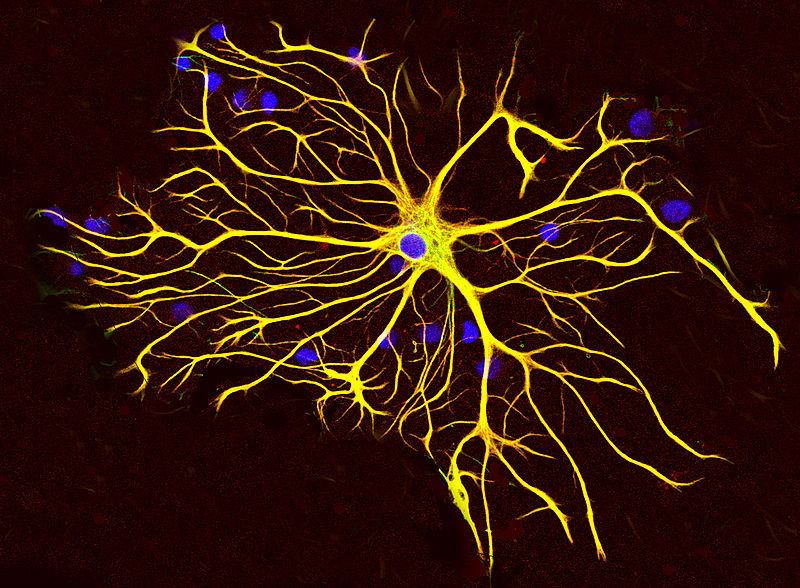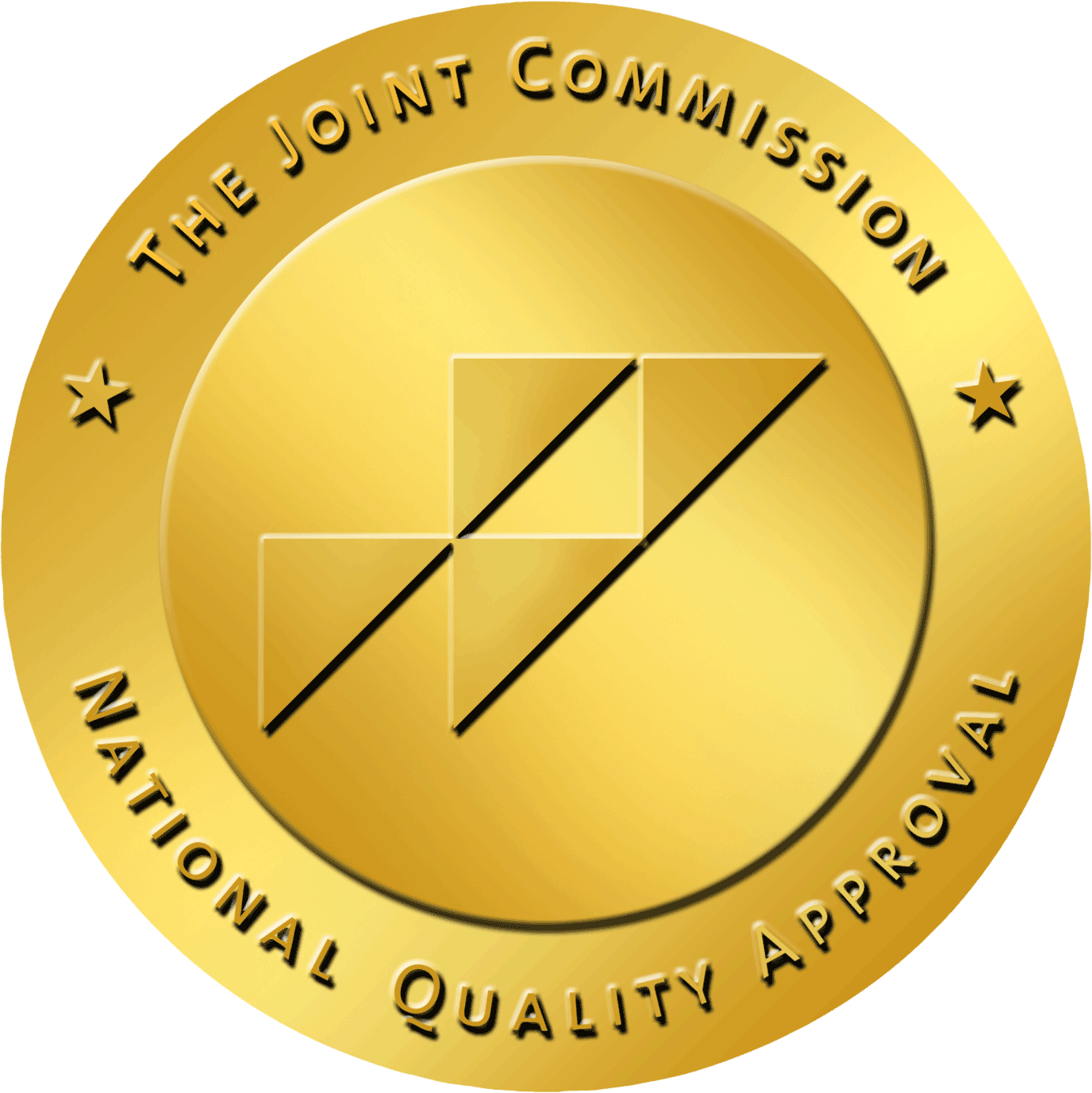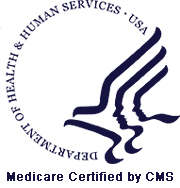News
New study sheds light on why seizures happen after TBI

An astrocyte cell grown in tissue culture stained with antibodies
Image Source: Gerry Shaw/Wikimedia Commons
Researchers have known that severe or repeated brain injuries may trigger seizures in individuals for years, but why this is has remained a mystery. However, a new animal study published in the journal JNeurosci may provide some much-needed insight into the relationship between traumatic brain injury and epilepsy.
The study, conducted by Stefanie Robel, Oleksii Shandra, and colleagues, identified a unique cellular response to repeated brain injuries in mice that appears to contribute to the development of seizures similar to those experienced by humans after traumatic brain injury.
For the study, the team induced brain injuries in mice that are analogous to traumatic brain injury or concussions in humans. While observing the mice, the researchers also noticed that a unique group of astrocytes in the brain responded atypically to these injuries. The mice that showed this response also developed spontaneous recurrent seizures within one month.
In the case of severe traumatic brain injury, astrocytes may change to form a scar. This is important for allowing the brain, but these “scars” have also been linked to epilepsy. However, this scarification does not happen as a result of more mild traumatic brain injuries or concussions.
Instead, the researchers observed that the astrocytes responded in different ways almost immediately after the injury which were linked to later seizures.
At first, the team assumed the astrocytes were “dead” because they were no longer producing the proteins that characterize astrocytes. However, the team noticed they were in fact still working, but not responding to the injury in a unique way.
“Our experiments show a strong relationship between changes in astrocytes and the eventual occurrence of a seizure,” says Robel, an assistant professor with the Fralin Biomedical Research Institute and the School of Neuroscience in Virginia Tech’s College of Science.
“The findings point to a unique population of astrocytes that respond within 30 minutes of an injury being at the root of a problem where seizures may occur after a latency period of weeks or months, suggesting a therapeutic window to prevent seizure disorders after concussive injuries.”



